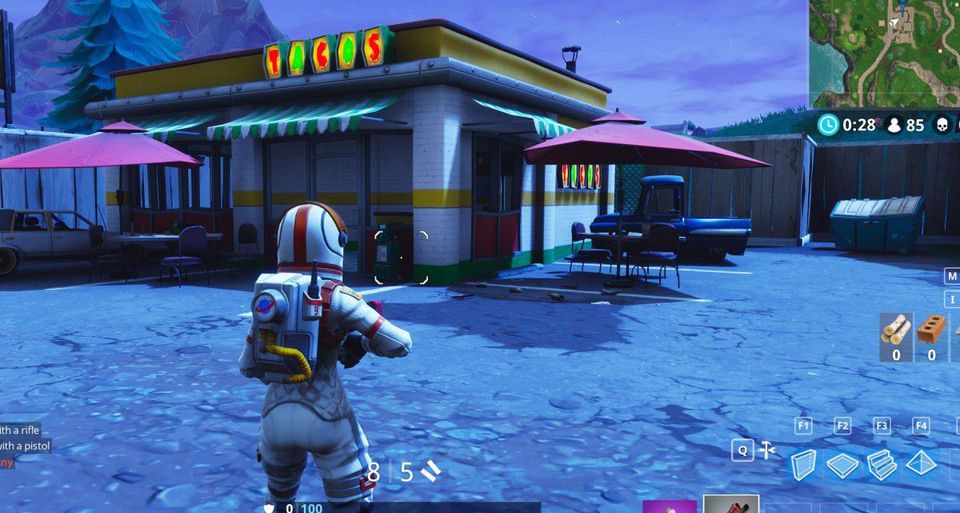
If you're a gamer, you've probably spent more than a few hours playing Fortnite or, more specifically, Fortnite: Battle Royale. Introduced less than a year ago by Epic Games, it now boasts over 45 million users, or nearly a third of PC gamers, worldwide. What makes the numbers even more impressive is that the game has yet to be officially released in the world’s biggest gaming market — China — which is home to a mind-boggling 600 million enthusiasts! How did Fortnite: Battle Royale become the Internet’s biggest game in such a short period of time? Read on. . .
The original beta release of Fortnite: Save The World in July 2017 was a four-person game in which players try to survive a post-apocalyptic world by building shelters to protect themselves from zombies. However, after noticing PUBG (PlayersUnknown Battlegrounds) success, Epic not only added a battle royale mode, but also released it as a stand-alone game. This allowed Fortnite: Battle Royale to gain its own dedicated fan base. Even more strategic was the decision to offer the game for free and available on the PC as well as the Xbox and PlayStation – options not offered by PUBG.
Additionally, unlike other battle games that feature complex scenarios, Fortnite: Battle Royale is easy to understand, making it appealing to people of all ages, from 8 to 81. Also smart was the decision to replace the realistic graphics and bloody violence depicted in other multi-player shooter games with cartoon-like visuals, exaggerated special effects, and slapstick humor, making the game acceptable to most parents.

Fortnite: Battle Royale, released in September 2017, allows up to 100 players to battle it out with one another on a small island until only a single survivor is left. Gamers leap from a battle bus with a pickaxe in hand which they can used for defense as well as to harvest materials from trees, cars, and other objects to build structures. As the number of participants decreases, so does the size of the island, making it increasingly challenging to survive. Gamers can play solo or team up with one or multiple friends. The latter options adds a fun social element allowing them to chat using headsets and microphones while playing, and even practice as a team. To keep the game exciting and players engaged, the company introduces new features and challenges every week. For the week of April 26, fans will be rewarded with five Battle stars for snagging two rings – a pink one at a higher altitude and a blueish-green one at a lower altitude — during the initial descent to the island.
Though the free game includes many basic features, those seeking to customize their Hero, glider or pickaxe, have to purchase a Premium Battle Pass for $10. This clever in-app purchase strategy has been extremely lucrative, yielding Epic Games an astounding $126 million in February. “Fortnite is the latest game to prove how powerful a free game offering can be,” says James Batchelor of Gamesindustry.biz. “The impressive revenues Epic has generated show that people are more than willing to invest in an experience they enjoy.”

The million dollar question, of course, is will Fortnite’s popularity last or will it suffer the same fate as Pokémon Go, whose meteoric rise petered out after the first year? Piers Harding-Rolls, the head of games at the research company IHS Markit, believes the game will remain popular for some time, especially given that pent-up demand from China. However, the ultimate decision of the game’s fate lies in the hands of its young audience, many of who also happen to be DOGOnews fans. So be sure to let us (and the company) know what you think, and perhaps even suggest features that will keep you from drifting to the next big game, by writing your comments below.
Resources: Guardian.com, Forbes.com, endgadget.com
